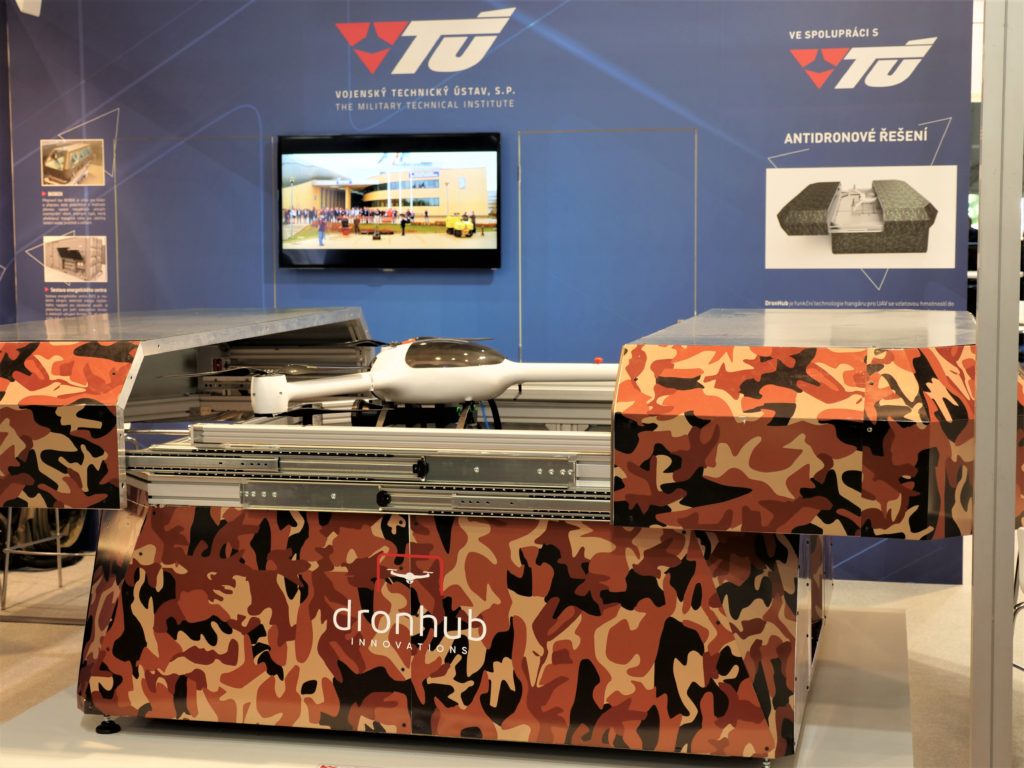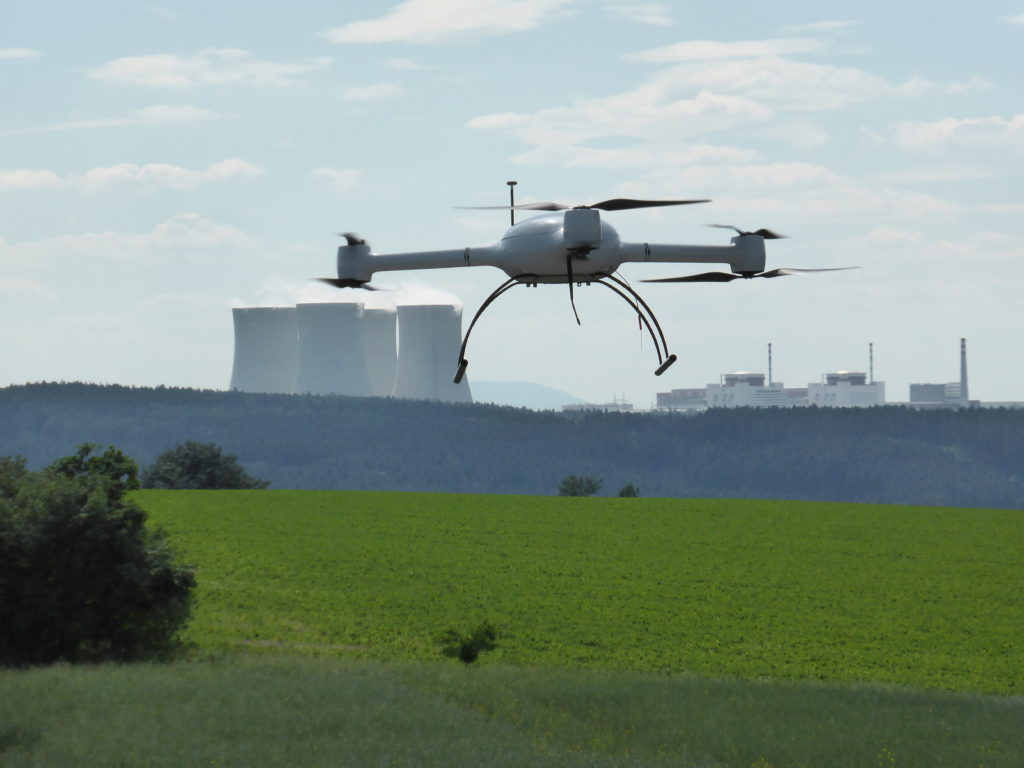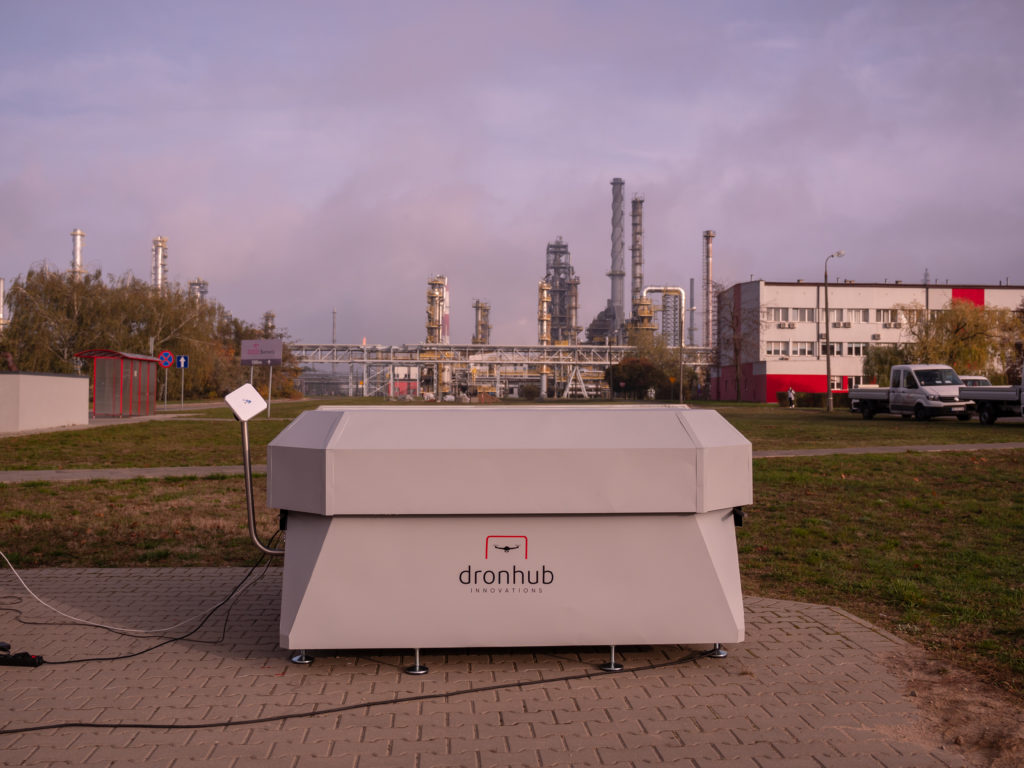
The Czech-Polish consortium of companies, led by BizGarden s.r.o., signed an agreement with the European Space Agency with the support of the Ministry of Transport of the Czech Republic. It thus supported the practical application of satellite signal systems for the investigation, detection and monitoring of CBRNe threats (chemical, biological, radiological and nuclear threats) and, in part, the defense against them with almost half a million EUR. The project financed by the Czech Republic’s contribution to the ESA Space Solutions program will be implemented in the period 2021 and 2022 and takes place in cooperation with end users of these systems: the Fire and Rescue Service, the army and other security forces. The project is co-financed and monitored by the European Defense Agency (EDA).
In addition to BizGarden s.r.o. young technology companies GINA Software s.r.o. and Fly4Future s.r.o. and state enterprises Vojenský výzkumný ústav s.p. in Brno and the Military Technical Institute, s.p. in Prague in consortium represents Czech Republic. The Polish partner of the consortium is the technology company Cervi Robotics Sp.z o.o. from Rzeszow.
The demonstration project was preceded by a feasibility study, during which security forces were contacted and the organizations involved. This created the concept of two systems that can simplify interventions and increase security in large-scale events with suspected CBRNe threats.
The systems are based on the use of drones, which in this case perform flights in fully autonomous operation. This means that after setting the operating parameters, the operator no longer intervenes in their operation. Two applications were selected for the demonstration project. Applications for monitoring large-scale interventions – fires in industrial facilities, large-scale accidents, etc. and an automatic system for capturing enemy drones carrying potentially dangerous CBRNe cargo, spray substances, radioactive substances or explosives.
The teams will address technical issues, such as fully autonomous take-off and landing of the drone, the safety of its flight so as not to endanger the intervening units or the safe operation of other aircraft over the area of interest. They will also deal with the collection and transmission of data, their display and evaluation for intervening teams in real time.
The project thus enters an absolutely fundamental phase, ie the implementation of a fully functional solution in real conditions. The mounting of the sensors will be modular and industrially scalable for commercial production and application.
According to the new regulations in the field of use and operation of drones, which enter into force throughout the European Union this year, the parameters of operation necessary to obtain all certifications for the deployment of systems in real conditions will be discussed.
“We have been dealing with fully autonomous services provided by unmanned aerial vehicles, drones, for several years. We designed the first applications for marketing purposes at a time when such services were unimaginable under the legislation of the time. With the rapid development of these technologies and adapting to European legislation, fully autonomous drones will become a reality in the near future. Security and protection applications will be pioneers in this regard,” says Luděk Kühr, BizGarden’s advisor.
Vadym Melnyk from the Polish technology company Cervi Robotics adds: “I am very optimistic and I believe that already at the time of the demonstration project we will convince the first clients to buy our systems under normal commercial conditions.”
“The combination of sophisticated detection, an identification and monitoring kit with the involvement of the full range of satellite services promises to help create powerful CBRN protection for both European military and civilian users. At the same time, the project intersects with a number of other EDA research objectives in the areas of counter-terrorism, port protection, critical infrastructure protection, logistics and on-site medical surveillance. In other words, the combination of features and functionalities of the proposed system can be applied in many ways “, concluded Ali Shahzad from the European Defense Agency EDA.



